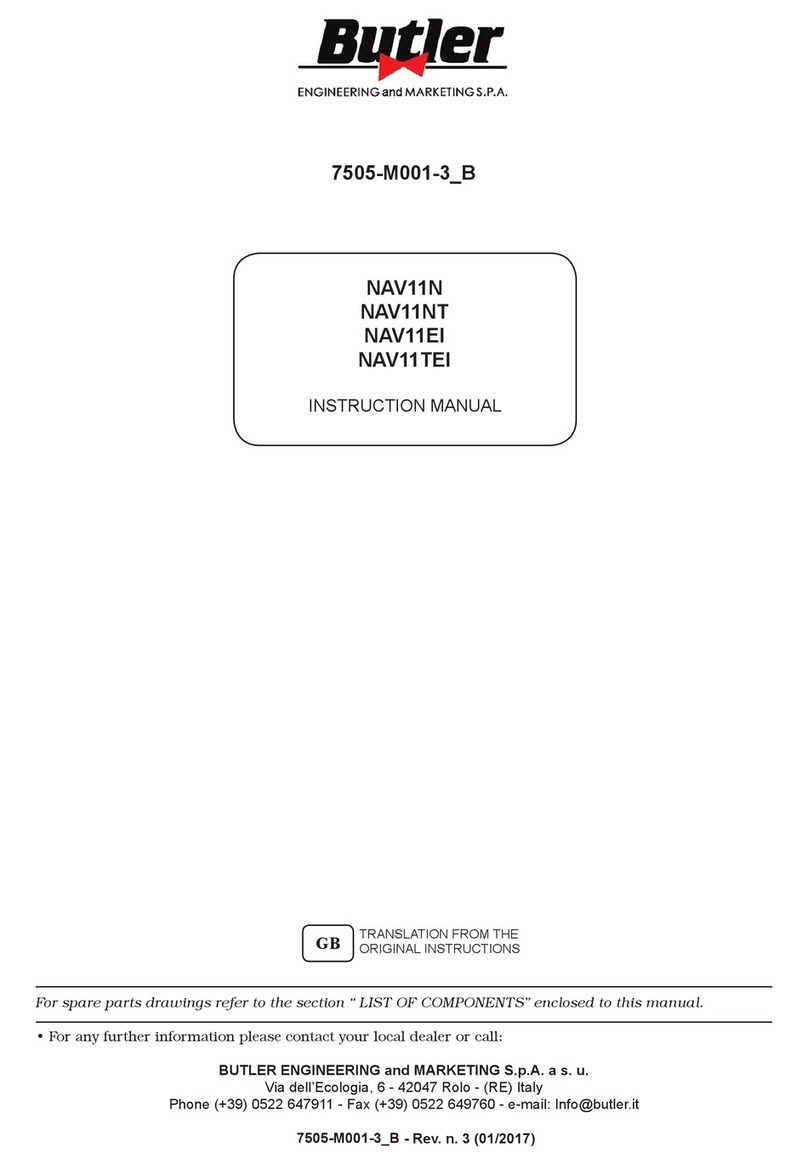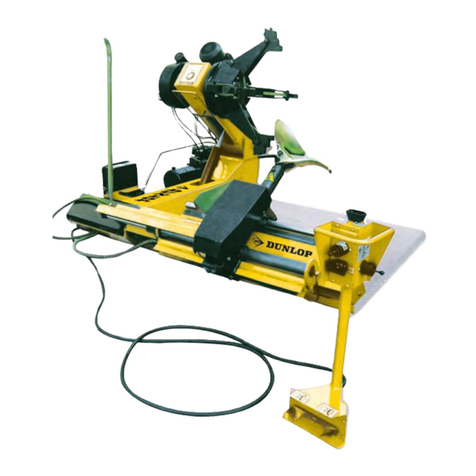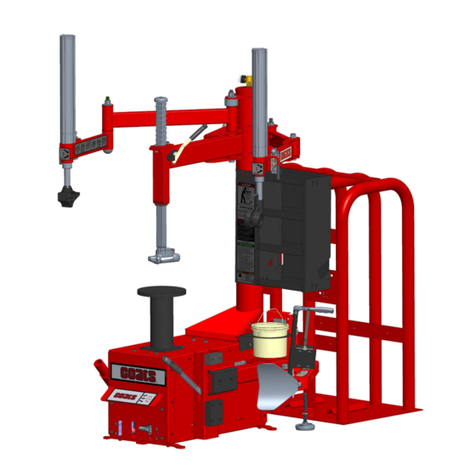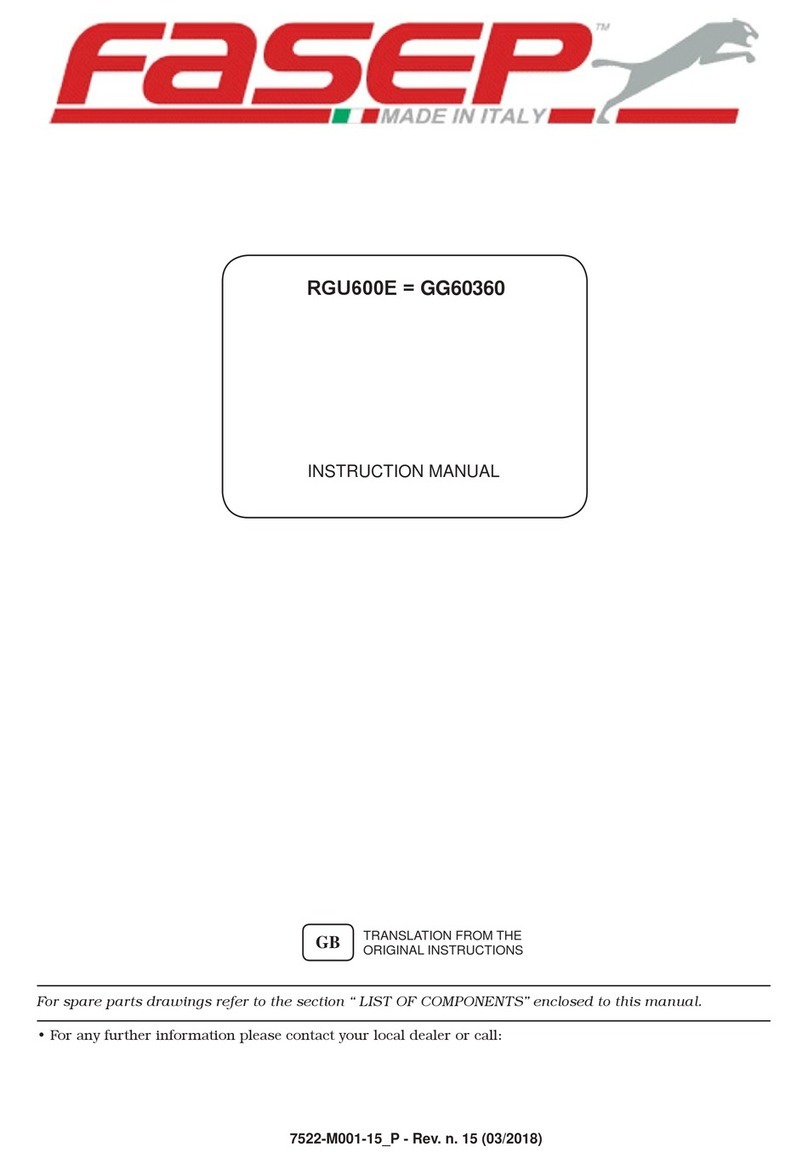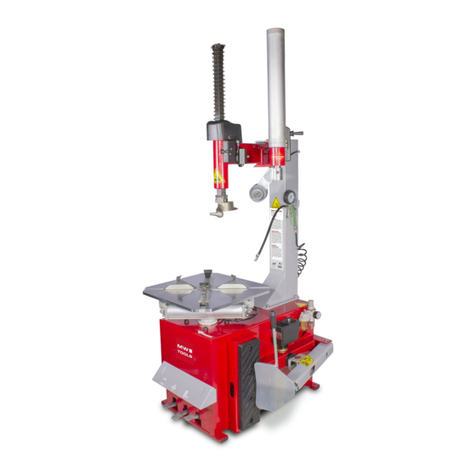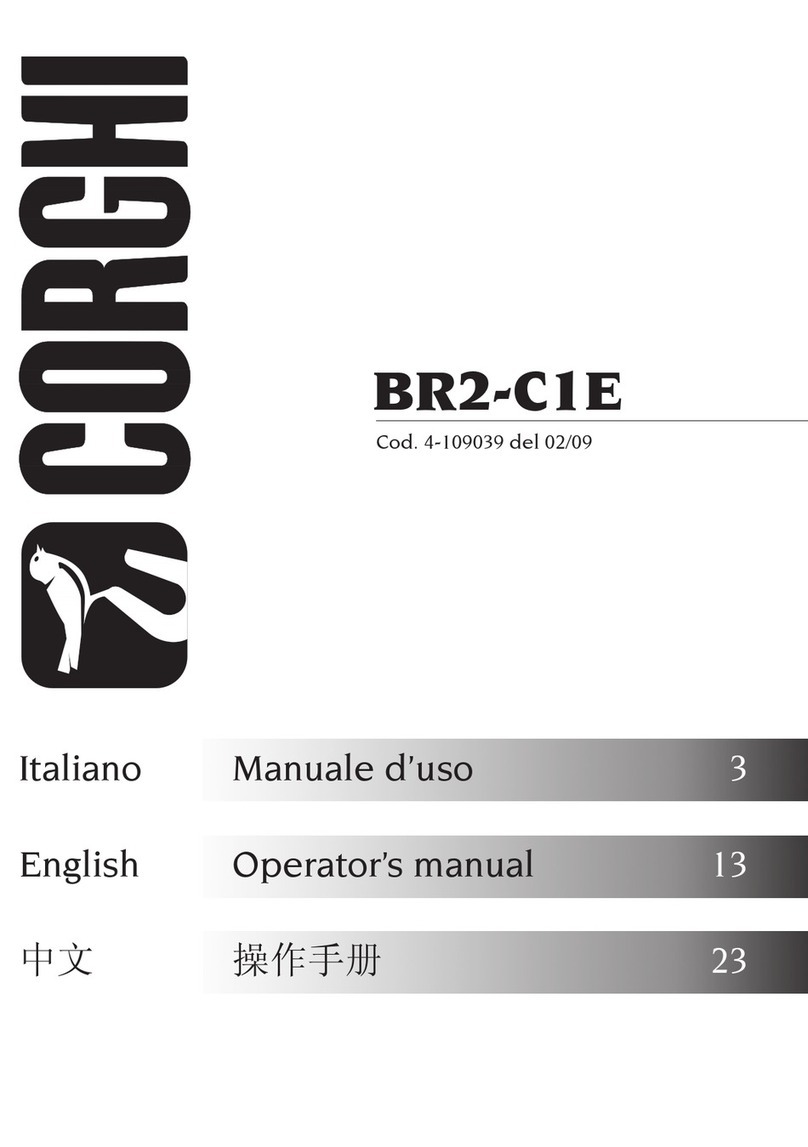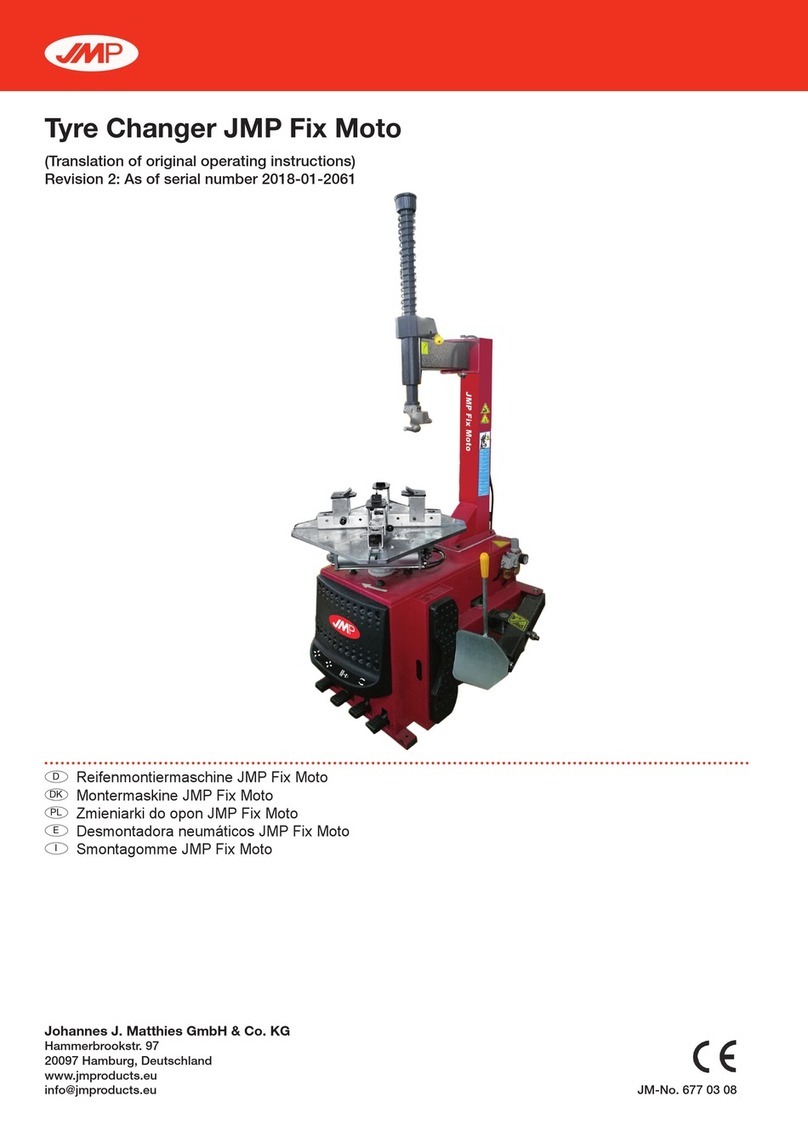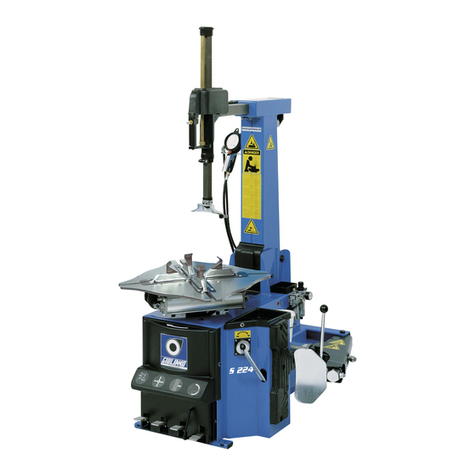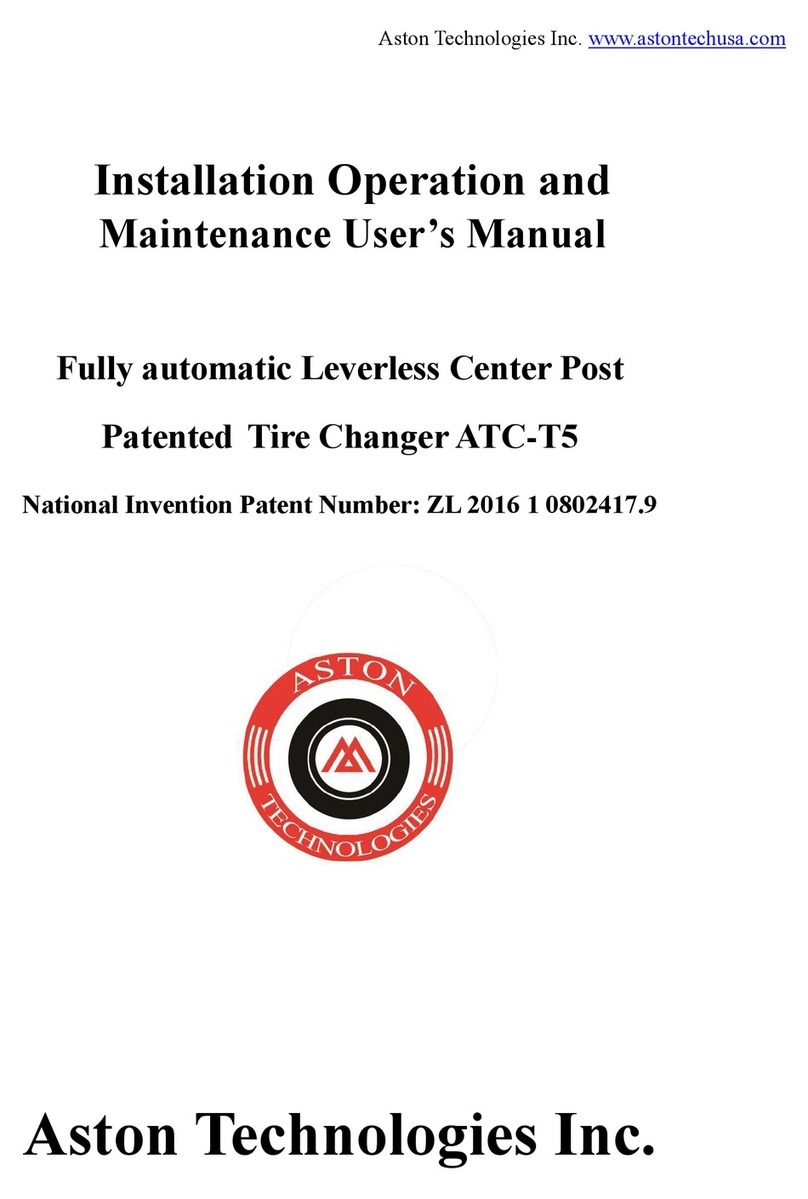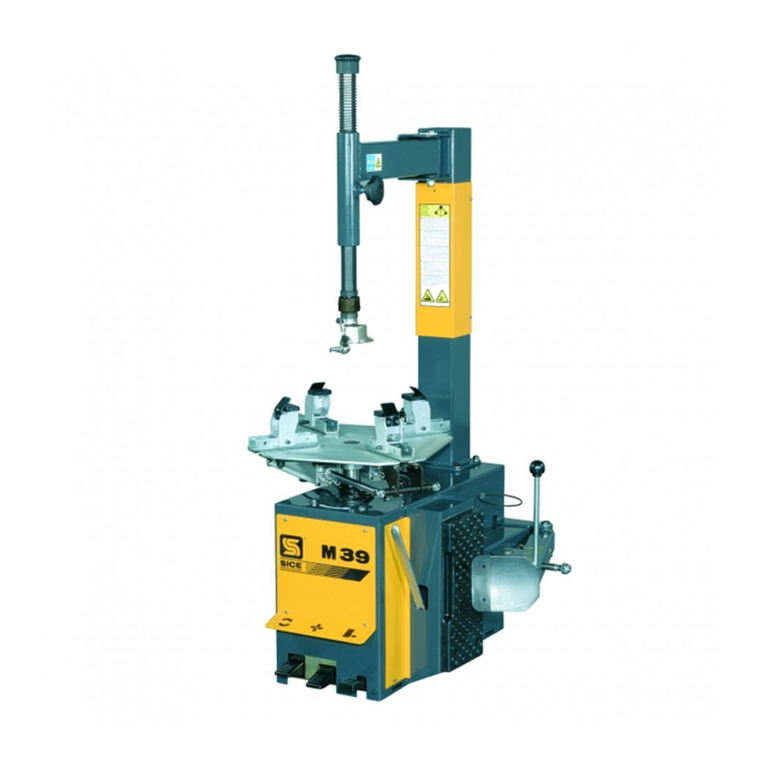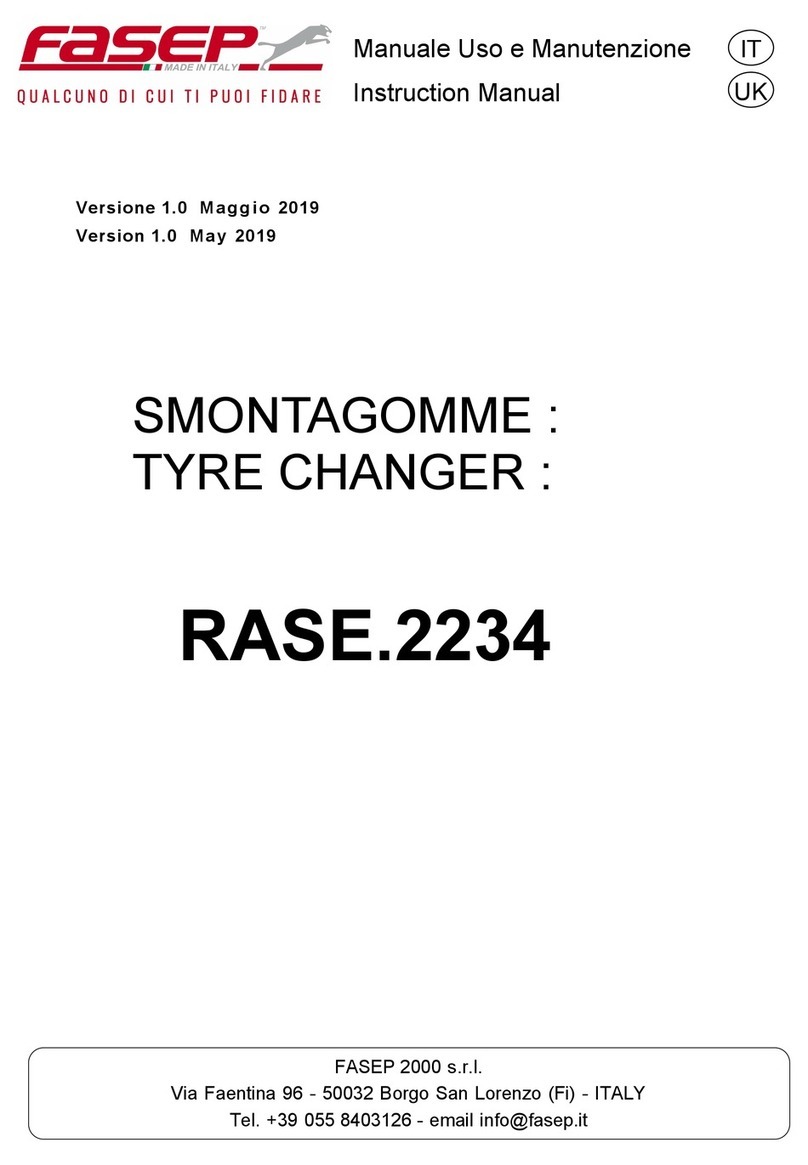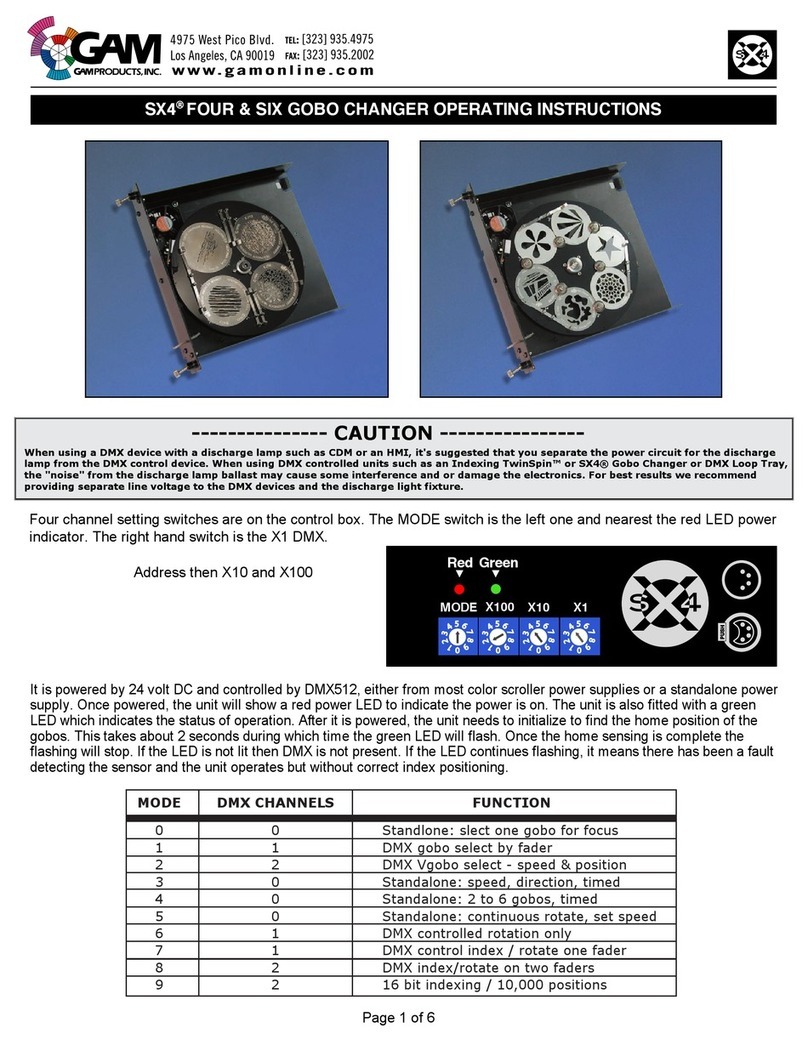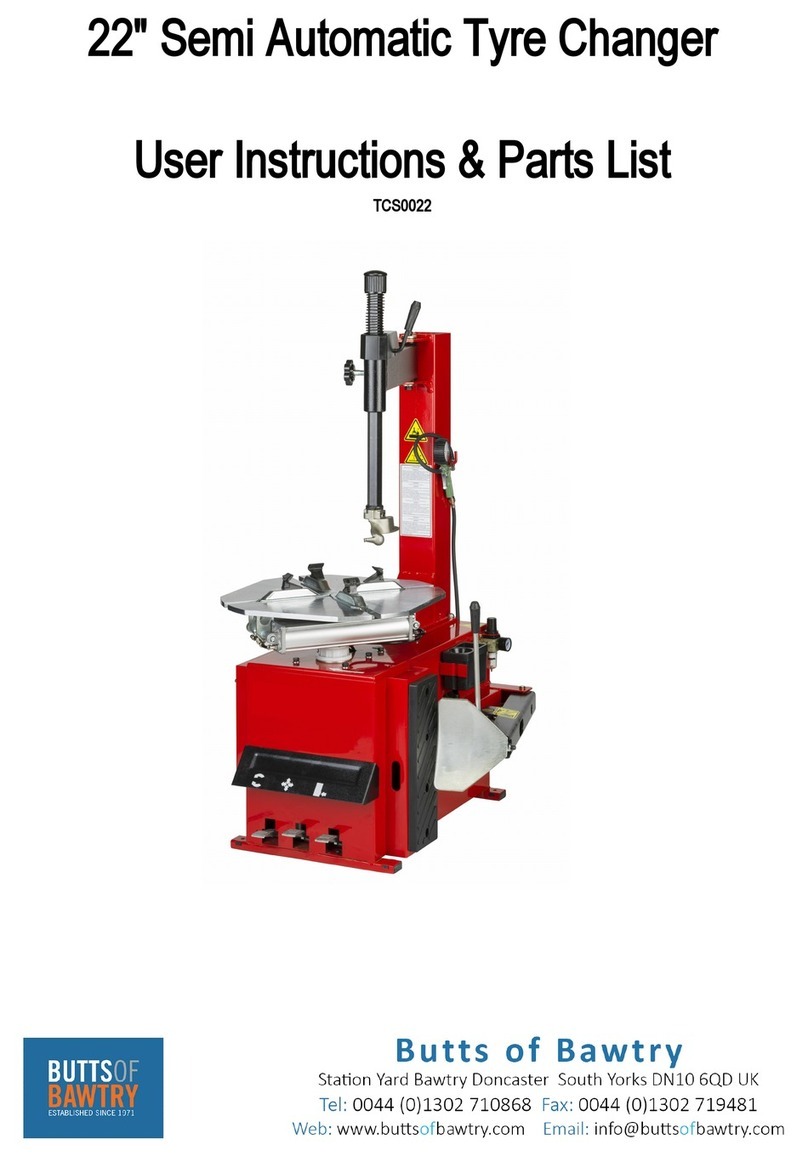
3 -
Security
Intended use
With the 1228-Monster tire changer tires with a diameter up to 1200 mm can be disassembled and mounted.
The Weber 1228 Monster type machine is CE certified.
This machine may only be used for the purpose for which it has been designed by the manufacturer.
No other use is allowed.
Weber GmbH accepts no liability for damage caused by improper use or misuse.
Unauthorized interventions or modifications to the machine are prohibited.
General safety instructions
This machine may only be used by trained and qualified personnel. Modifications and conversions to the machine that have not
been approved by the manufacturer can lead to considerable material damage and personal injury. The manufacturer/supplier
assumes no liability for this.
The machine may only be used in accordance with its intended use and prescribed handling.
When mounting tires and rims, make sure that they are properly matched and can be mounted together (corresponding
dimensions, e.g. diameter in mm or inches, etc.).
The guidelines of the local professional associations must always be observed when disassembling, fitting or inflating tires.
If any interference occurs during operation or work, be sure to turn off the power to the unit before attempting to correct the
interference.
All work on electrical connection and conversion may only be carried out by a qualified electrician in accordance with the
regulations of the local professional association and/or the responsible electricity company.
Because an unforeseeable residual hazard (residual risk) always remains when working with technical equipment, various clear
warning signs (yellow/black triangles) are attached to the tire changer.
These warnings point out a possible residual risk for the user and are intended to encourage him/her to be particularly careful in
order to prevent accidents at work and/or damage to the products to be processed (tires and rims).
The machine may only be used by trained personnel who are familiar with the safety regulations.
As a general rule, the operator must deactivate all residual hazards from the outset by working properly and carefully.
- Always use the correct and appropriate work and auxiliary equipment.
- Wear suitable protective clothing or protective equipment (e.g. glasses, hearing protection, safety shoes, etc.).
- Observe the information, instructions and technical data provided by the machine manufacturer or the manufacturer of the
product to be processed.
Further special safety instructions are provided in the individual chapters.
Weber GmbH. accepts no liability for damage caused by incorrect operation or misuse.
Unauthorized interventions or modifications to the machine are not allowed.

